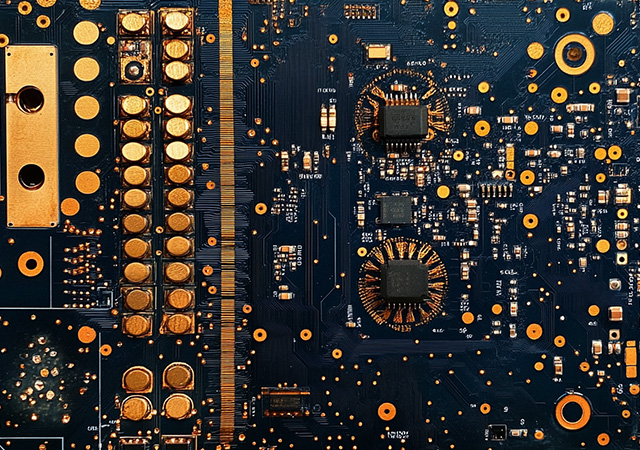-
- PCB TYPE
- PRINTED CIRCUIT BOARD PROTOTYPE ALUMINUM PRINTED CIRCUIT BOARD R&F PCB FPC HIGH FREQUENCY PCB HIGH-TG PCB HEAVY COPPER PCB HDI PCB PCB FOR LIGHTING METAL CORE PCB

CEM3 PCB represents a pragmatic choice in the world of printed circuit boards, leveraging the unique properties of Composite Epoxy Material-3 (CEM3) to deliver reliable performance at a competitive cost. Unlike PCBs made with specialized materials—such as high-frequency PTFE or heavy-duty FR4—CEM3 PCBs are engineered for applications where a balance of functionality, durability, and affordability is key. They bridge the gap between basic paper-reinforced PCBs (which lack robustness) and premium woven glass PCBs (which often exceed necessary performance requirements). This article explores the design principles, assembly considerations, performance characteristics, and ideal use cases of CEM3 PCBs, highlighting why they remain a staple in electronics manufacturing for cost-conscious yet reliability-focused projects.

Composite Epoxy Material-3 (CEM3) stands as a cornerstone in the world of printed circuit board (PCB) substrates, valued for its unique blend of performance, affordability, and processability. As a member of the composite epoxy material (CEM) family, CEM3 occupies a critical middle ground between entry-level paper-based substrates (like CEM1) and high-performance woven glass substrates (like FR4). Its design—combining epoxy resin with a hybrid reinforcement structure—makes it ideal for a wide range of electronics, from consumer gadgets to industrial control systems, where reliability and cost-effectiveness are equally important. This article delves into the fundamental properties, structural composition, manufacturing processes, and practical applications of Composite Epoxy Material-3, highlighting why it remains a go-to choice for engineers and manufacturers seeking a balanced solution.

In the realm of printed circuit board (PCB) materials, High Durability Composite Epoxy CEM3 Material represents a specialized evolution of the standard CEM3 substrate, engineered to deliver enhanced resilience without sacrificing the cost-effectiveness that defines the CEM family. While traditional CEM3 excels in balancing performance and affordability for general applications, high durability variants are tailored for environments where longevity, resistance to harsh conditions, and sustained reliability are critical. This material bridges the gap between standard CEM3 and higher-cost substrates like FR4, offering a targeted solution for electronics exposed to temperature fluctuations, mechanical stress, or chemical exposure. This article explores the unique properties, formulation advancements, manufacturing considerations, and ideal applications of high durability composite epoxy CEM3 material, highlighting its role in extending the lifespan of electronic systems in challenging sett

In the landscape of printed circuit board (PCB) materials, the Composite Epoxy Material-3 CEM3 Specification defines a unique class of substrates engineered to bridge the gap between cost-sensitive and high-performance applications. CEM3 belongs to the family of composite epoxy materials (CEM), which blend epoxy resins with reinforcing materials to deliver tailored mechanical, electrical, and thermal properties. Unlike FR4—its more ubiquitous counterpart—CEM3 is designed for applications where a balance of processability, flame resistance, and affordability takes precedence over extreme performance. This article explores the CEM3 specification, its material composition, key characteristics, manufacturing considerations, and ideal applications, highlighting how it serves as a versatile alternative in the PCB ecosystem.

FR4 PCB has transcended its origins as a functional substrate to become a linchpin of modern technology, underpinning innovations that span consumer electronics, renewable energy, and advanced manufacturing. Unlike specialized materials designed for niche applications, FR4’s enduring success lies in its ability to adapt to evolving demands while retaining core strengths: mechanical resilience, electrical stability, and cost efficiency. This article examines FR4 PCB through a holistic lens, exploring its historical evolution, material science advancements, global supply chain dynamics, and role in enabling emerging technologies. By moving beyond technical specifications, we uncover how FR4 has shaped—and continues to shape—the electronics industry’s trajectory.

Got project ready to assembly? Contact us: info@apollopcb.com



We're not around but we still want to hear from you! Leave us a note:

Leave Message to APOLLOPCB
